Category Archive: Uncategorized
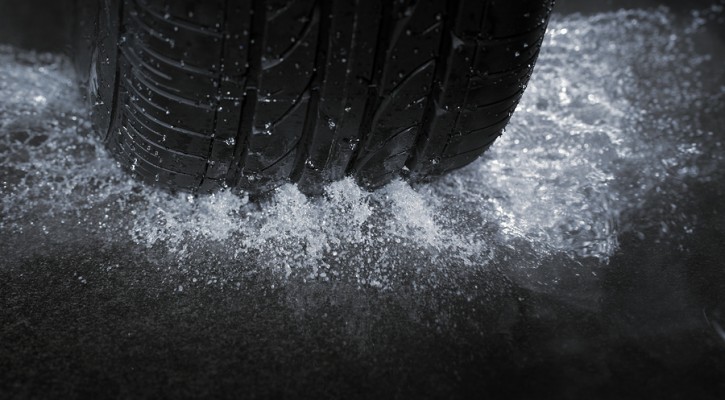
Ask The Traffic School Instructor: Hydroplaning
October 22, 2014
Question: Is there a difference between hydroplaning and skidding?
Answer: While the end result may be the same, the causes of skidding and hydroplaning are different.
Skidding
Skidding is caused by a slick road surface. Your greatest chances for skidding happen when it rains and the most dangerous time is within the first half-hour after it starts to rain. During dry periods, oil and other fluids drip and build up on the roadway. When it starts to rain and there’s a coating of water on the road, all of that oil rises up on top of the water creating a very slick surface. When you hit the brakes, the slick surface may not allow the tires to grip the road. After a heavy rain, all of the oil will be washed off the road.
Other surfaces that can cause skidding are gravel or dirt roads. On those surfaces, the tires aren’t on a flat, even surface. If you can imagine the tire’s surface resting on the small tips of a bunch of rocks rather than having full contact with a flat surface; the tires just don’t have enough grip and that makes it is easier to skid.
It’s important to know what kind of brakes you have on your car. If you have standard brakes, don’t hit the brakes when you start to skid. That can make matters worse. Just take your foot off the gas and concentrate on steering until you pass over the slick spot. If you have anti-lock brakes, they’re made to control your vehicle while skidding by rapidly applying and releasing the brakes multiple times per second. When applying anti-lock brakes, you may feel some fluttering in the brake pedal but that’s normal. Just keep an even pressure on the brakes to stop.
Hydroplaning
Hydroplaning is caused by standing water on the road. As the tires travel through the water, the water is too deep for the tire’s tread to squeeze out all the water and the tires can actually ride up on top of the of the water surface like water skis. At that point, your tires are no longer in contact with the road surface and you’re just along for the ride.
Hydroplaning can happen at speeds as low as 35 mph but it’s most dangerous at speeds above 55 mph. The best way to avoid hydroplaning is to avoid areas of standing water and, if you can’t avoid it, slow down before you enter the water.
If you’re hydroplaning, your tires are no longer in contact with the road. Don’t slam on the brakes! Take your foot off the gas and concentrate on trying to steer until your tires are back in contact with the road.
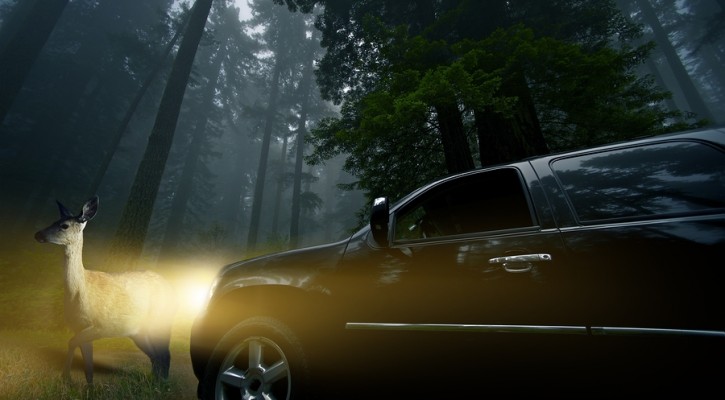
Deer On The Roads
October 21, 2014
It almost happened to me this past weekend. I was driving just after dark when, at the last second, I caught a glimpse of a deer about to cross the road. I hit my brakes, honked the horn and, luckily, she changed direction and ran back into the woods. I hate to think of what would have happened if I had hit her at 40 mph.
Wildlife experts say most crashes between deer (including moose and elk) and cars happen between October and the end of the year. There are a couple of reasons for this. Farmers have harvested their crops so the source of food and cover for deer are now gone and they’re looking for new feeding grounds.
It’s also mating season so the stags will be out in search of mates and gathering a harem. If you see one deer, chances are there will be more close by. They’ll be most active between sunset and dawn.
As you drive after dark, especially in rural areas, keep a watchful eye on the sides of the roads. Deer blend in with their surroundings so, sometimes, the only thing you may see will be the reflection of their eyes in your headlights. Be prepared to slow and honk your horn. You also need to be aware of other traffic on the road if you have to hit the brakes.
Sometimes the only choices you will have if a deer crosses in front of you will be bad ones. Swerving to avoid hitting the deer could send your car out of control. Hitting an animal that large is going to do a significant amount of damage to your vehicle but, sometimes, that’s the safer choice.
If you see the deer early enough, slow, honk your horn and be aware that there will probably be more nearby.
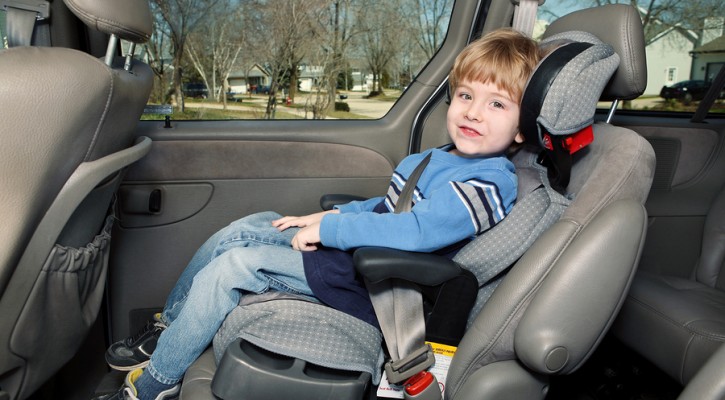
Child Passenger Safety Week Sept. 14-20
September 15, 2014
This is National Child Passenger Safety Week and it’s a good time to remind parents or those who care for children, about the proper way to care for a child while driving. When it comes to child safety seats, one size doesn’t fit all and it’s important to understand how to choose and install the proper child seat according to your child’s age.
According to a survey by the National Highway Transportation Safety Administration (NHTSA), these are the most common mistakes made by parents when installing and using child safety seats and booster seats:
- Wrong harness slot used – The harness straps used to hold the child in the car seat were positioned either too low or too high;
- Harness chest clip positioned over the abdomen rather than the chest or not used at all;
- Loose car seat installation – The restraint system moved more than two inches side-to-side or front to back; anything more than one inch is too much.
- Loose harness – More than two inches of total slack between the child and the harness strap; there should be no slack.
- Seat belt placement was wrong – Lap belt resting over the stomach and/or shoulder belt on the child’s neck or face.
Both NHTSA and SafeKids recommend the following steps listed on the Safe Kids downloadable checklist:
- Right Seat. Check the label on your car seat to make sure it’s appropriate for your child’s age, weight and height.
- Right Place. Kids are VIPs, just ask them. We know all VIPs ride in the back seat, so keep all children in the back seat until they are 13. Doing this, along with correctly using the appropriate child restraints, greatly reduces the risk of injury.
- Right Direction. You want to keep your child in a rear-facing car seat for as long as possible. When he or she outgrows the seat, move your child to a forward-facing car seat. Make sure to attach the top tether after you tighten and lock the seat belt or lower anchors.
- Inch Test. Once your car seat is installed, give it a good shake at the base. Can you move it more than an inch side to side or front to back? A properly installed seat will not move more than an inch.
- Pinch Test. Make sure the harness is tightly buckled and coming from the correct slots (check manual). Now, with the chest clip placed at armpit level, pinch the strap at your child’s shoulder. If you are unable to pinch any excess webbing, you’re good to go.
Many parents don’t realize that child safety seats have an expiration date. The plastic and synthetic materials used to make the seat’s body and straps can break down over time when exposed to the high heat and sunshine in a parked car. It’s not a good idea to use a hand-me-down car seat for younger children.
There are several good websites that provide information on the proper selection, installation and care of child safety seats. For information about:
- Advice on child safety in and around cars, visit the Insurance Institute for Highway Safety (IIHS): http://www.iihs.org/iihs/brochures/keeping-children-safe
- IIHS ratings on booster seats, visit: http://www.iihs.org/iihs/ratings/child-boosters
- Where to find a car safety seat inspection station near you, visit: http://www.seatcheck.org/
- Child safety seat laws in your state: http://www.iihs.org/iihs/topics/laws/safetybeltuse?topicName=child-safety
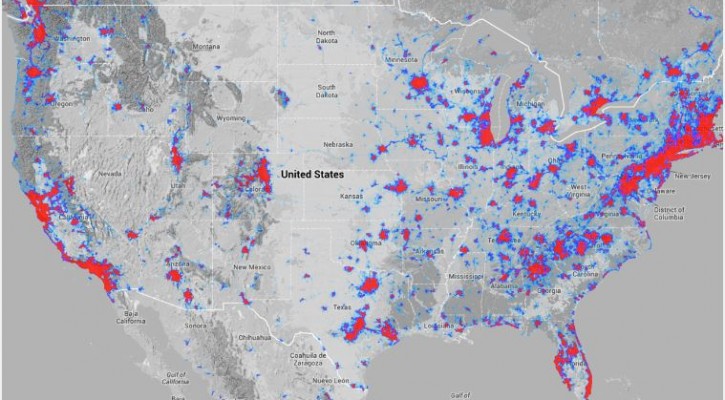
Interactive Map Shows Biking And Jogging Routes Near You
September 15, 2014
A new, interactive map allows anyone in the country to see the most popular biking and jogging routes in their area. The map was created by Strava, an app that allows bikers and joggers to track their routes and analyze their performance. The map can also alert drivers to areas where they might expect heavier than normal concentrations of bikers and joggers. Read more: This interactive map shows the most popular running and cycling routes in your city
Photo: Strava
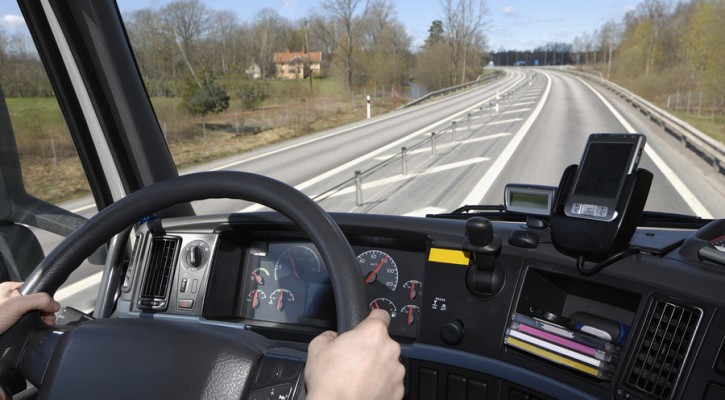
Video Monitoring Of Truck And Bus Drivers Can Reduce Crashes
May 9, 2014
When truck or bus drivers are subject to video monitoring, they are less likely to engage in risky driving behaviors according to a study conducted by the Virginia Tech Transportation Institute. Two commercial fleets installed video monitors in the cabs of 100 trucks allowing managers to monitor actual driving behavior and counsel drivers as needed. One company reduced risky driving events by 37% and the other by 52%. Read more: Video monitors in trucks, buses could save live
